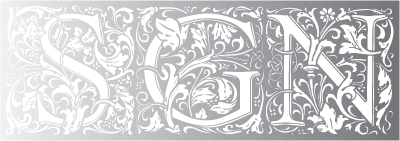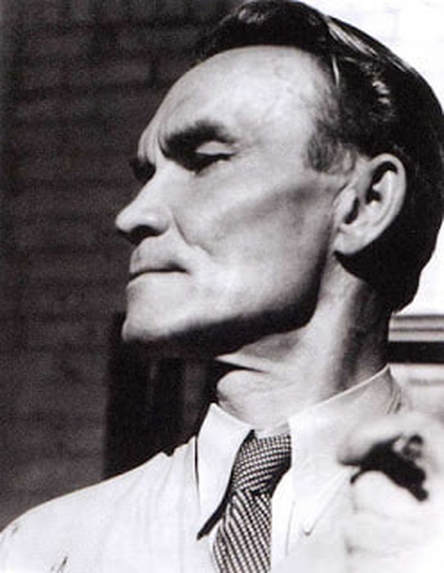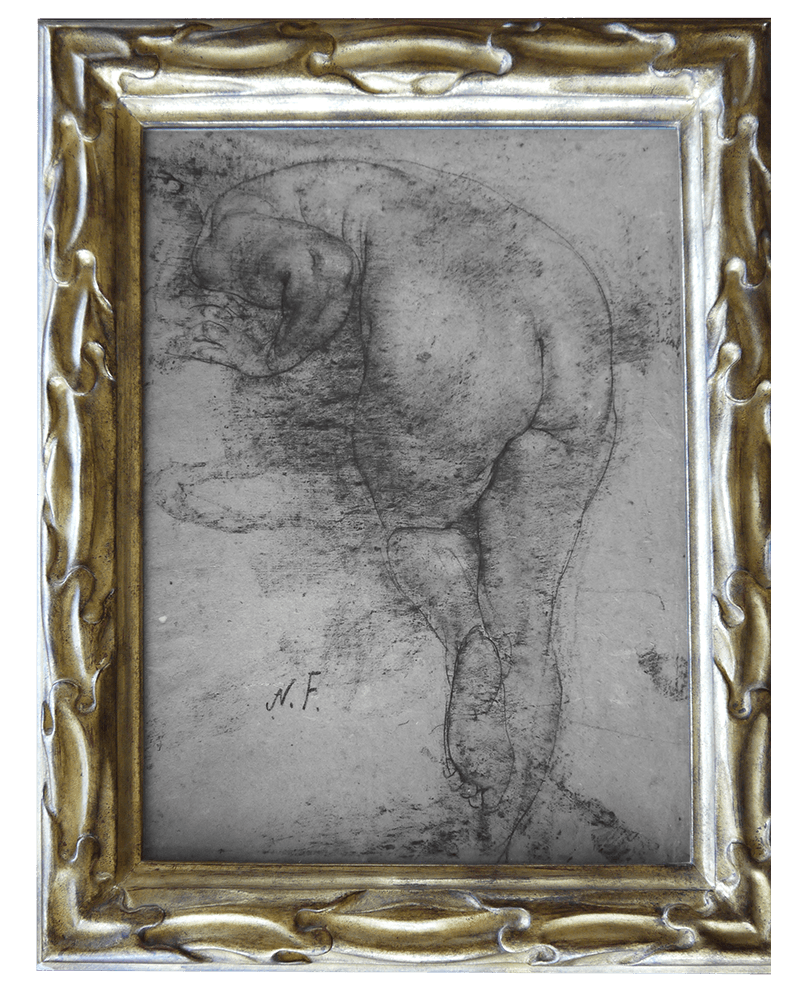Nicolai Fechin
Fechin is one of the most important portrait painters of the 20th Century. In addition to his portraits, his paintings of Native Americans and of the New Mexico desert landscape are considered among his best works. Most visitors find something to intrigue or delight them in the works of Nicolai Fechin. The brilliance of his painting style and the bold imagery one encounters in his drawings is undeniably arresting. His exuberant use of line and color to define form creates an immediate impression of energy and purpose.
In his representations of people, one sees a remarkable ability to capture the essence of personality in paint or on paper, along with an intensity of feeling that reveals much about the artist's attitudes toward art and life. In pencil and charcoal drawings, oils, and sculpted forms, Fechin's work brings to the viewer distinctly individual likenesses with an evocative flair that places him among the best portraitists of any time or place.
Fechin depicted himself, his father, and his wife and daughter, as well as the celebrities of his time and anonymous models who simply captured his attention, varying his approach to each according to the mood or character of his subject.
Picture
Eya recalled that he had difficulty in adjusting to "American-style" art. According to Eya, Fechin didn't like the power of art dealers and patrons. He believed that American artists were too fearful of losing control of their ideas and potential revenue, fostering a serious lack of exchange of ideas among artists. New Mexico encouraged him to paint landscapes. Like all the Taos artists, he appreciated the light of Taos. He thought Pueblo Indians possessed the same spirit as well as other qualities of the Tartars of his homeland. He always painted his Indians as they were, never creating artificial scenes with non-authentic props. He began signing his name in English almost as soon as he arrived in the States, though he dismissed signatures as unimportant and said that a viewer should recognize his work by its execution. He always prepared his own canvases and seldom made preliminary sketches; most of his subjects were taken directly from life. He also maintained that the strongest and most lasting influences on any artist were those associated with the country of his birth. Perhaps with Fechin this proved to be true.
Today the largest collection of his work is to be found at the Fechin Center in Kazan, which honored his memory with a retrospective exhibition in 1981 celebrating the 100th anniversary of his birth.



